April 22 - October 31, 2023
SEZON MUSEUM OF MODERN ART
Distraction Series 16
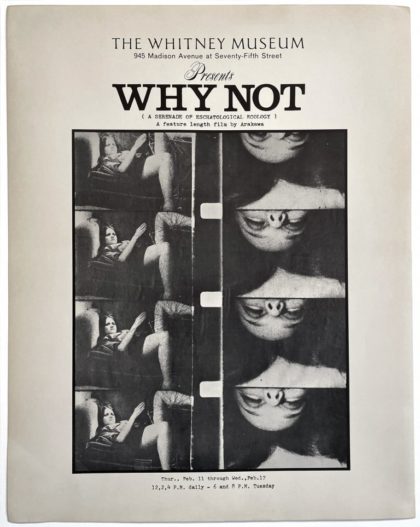
Dear Friends, As we begin to wrap up 2023, we are pleased to bring you Ambiguous Zones, 15, written by our Graduate Fellow Emiko Inoue, whose essay centers on Arakawa’s film Why Not: A Serenade of Eschatological Ecology (1969). Emiko is a masters student in the Art History Department at Hunter College, CUNY. Supported by The Feminist Institute Research Award, she is currently completing her masters thesis on the Japanese woman artist Mitsuko Tabe. In this essay, Emiko employs the interpretive approach of art critic Junzo Ishiko, a contemporary of Arakawa, as her guiding framework for examining the unique relationship
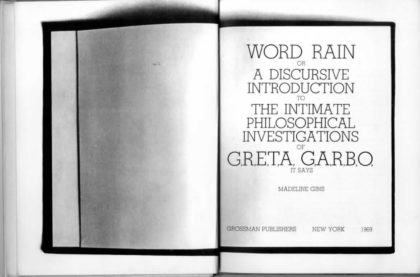
Dear Friends, We are pleased to bring you a special edition of Ambiguous Zones, 14, written by our summer intern, Jlynn Rose, who joins us from Pratt Institute where she is completing a BFA in Fine Arts with a minor in art history and philosophy. In her essay, “WORD RAIN: Poetics of Friction and Conflation,” Jlynn shares her reflections on some of Madeline Gins’s work after reading The Saddest Thing Is That I Have Had to Use Words: A Madeline Gins Reader, edited by Lucy Ives, in the first week of her internship. Taking Ives’s invocation of Adrian Piper in
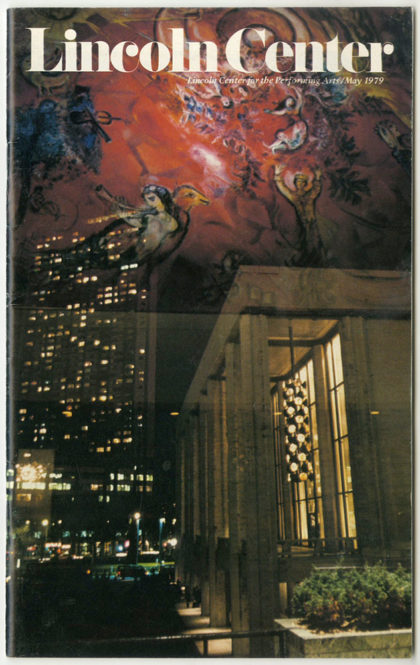
Cover of Lincoln Center Playbill, May 1979, 124 W Houston Documents, Box 4N14, Folder 50, Reversible Destiny Archives. Dear Friends, In Ambiguous Zones 13, RDF’s project archivist, Kathryn Dennett, delves into the story behind a mysterious find in an archival box: a Lincoln Center playbill from May 1979…mentioning Arakawa. This playbill was for an evening performance by composer Edvard Lieber that included a composition entitled “Neither Arakawa Nor Jasper Johns Are Each Other.” Taking this intriguing piece as her starting point, Kathryn outlines Lieber’s career, highlighting a second piece inspired by Arakawa’s work, in this case, Blank Stations II, 1982, performed at
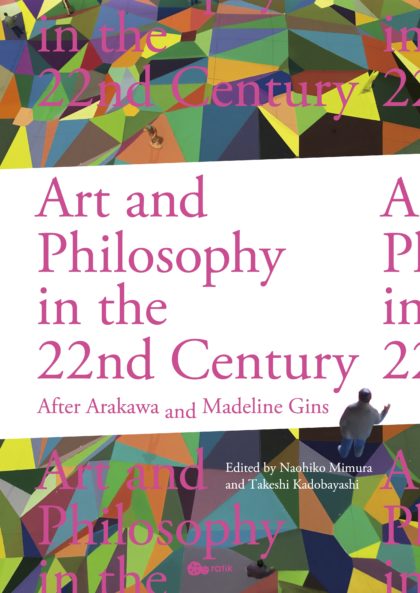
Author: Naohiko Mimura(Author, Editor), Takeshi Kadobayashi(Author, Editor), Yasuo Kobayashi, Don Byrd, Alan Prohm, Jondi Keane, Renske Maria van Dam, Russell Hughes, Masayoshi Someya, Haruhiko Murakawa, Satoshi Inagaki, Hiroki Komuro, Momoyo Homma, Yusuke Koishi, Ignacio Adriasola, Adi Louria Hayon, Reversible Destiny Foundation (Kathryn Dennett, Amara Magloughlin, ST Luk, Miwako Tezuka), Arakawa+Gins Tokyo office (Takeyoshi Matsuda, Haruka Seno, Haruka Kawaguchi, Momoyo Homma), Reiko Tomii, Takashi Ikegami, Akihiko Ono, Nomura Yasuo, Matisse ApSimon-Megens, Anouk Hoogendoorn, and Benjamin Muñoz, Adrienne Hart, Mariko Kida Publisher: ratik ISBN:978-4-907438-56-2(EPUB)ISBN:978-4-907438-57-9(PDF)ISBN:978-4-907438-58-6(POD)ISBN:978-4-907438-59-3(Amazon Kindle)ISBN:978-4-907438-60-9(AmazonPOD) Price: 2,500 JPY(Tax included)E-book : 6,000JPY(Tax included)E-book + Paperback : 2,500JPY(Tax included)Amazon Kindle : 6,050JPY(Tax included)AmazonPOD ratik

Dear Friends, The new year brings with it the twelfth edition of our Ambiguous Zones newsletter, written by guest author Chaeeun Lee who thoughtfully considers Arakawa and Madeline Gins’s concept of Blank. Chaeeun is a PhD Candidate in Art History at CUNY Graduate Center and a research intern at the Reversible Destiny Foundation. She is writing her dissertation on the politics of abstraction and aesthetics in the work of Asian American and Asian immigrant artists during the 1960s and the 1970s, exploring the ways in which their work problematized the established norms of racial, cultural, and gender identification in search of alternative
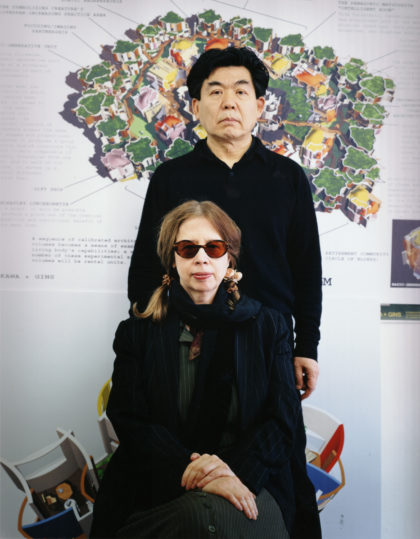
I am looking for a new definition of perfection.
Choose everything.
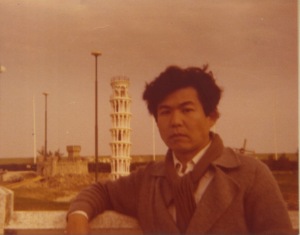
The future of philosophy lies in architecture ?
We alone among philosophers and architects have seen fit to declare this.
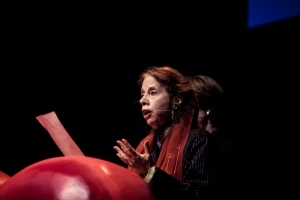
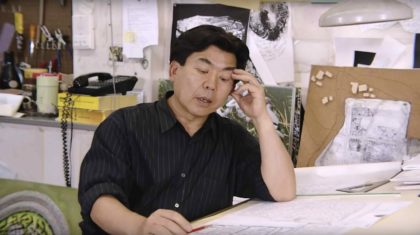
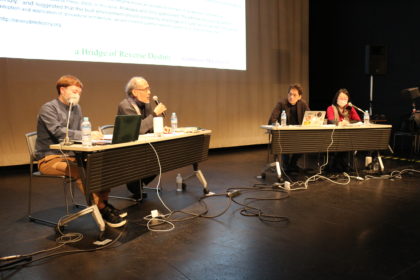
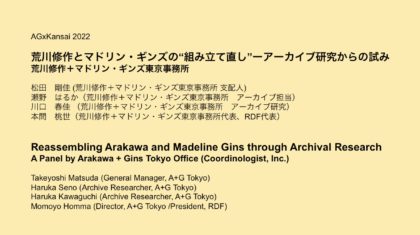
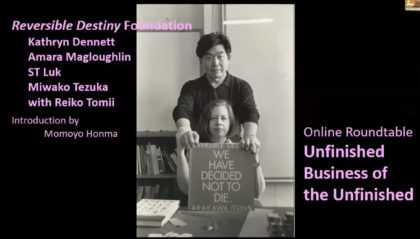
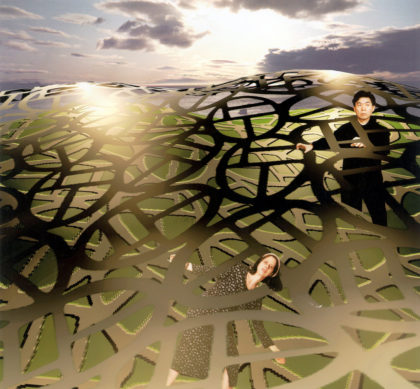
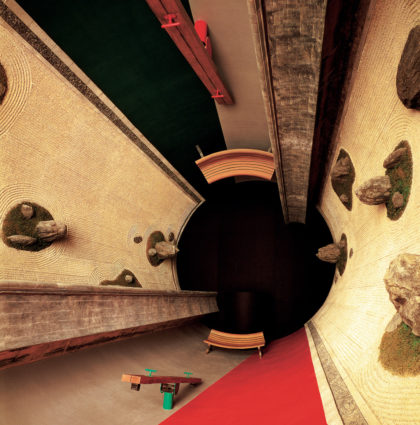
2-2-8 Osawa Mitaka-shi Tokyo 181-0015 JAPAN